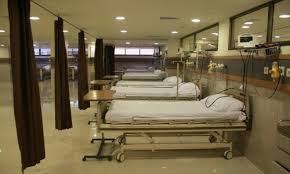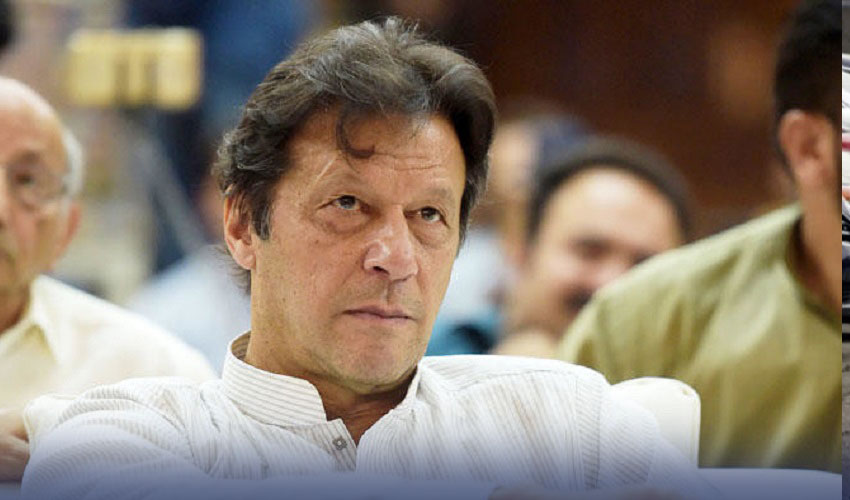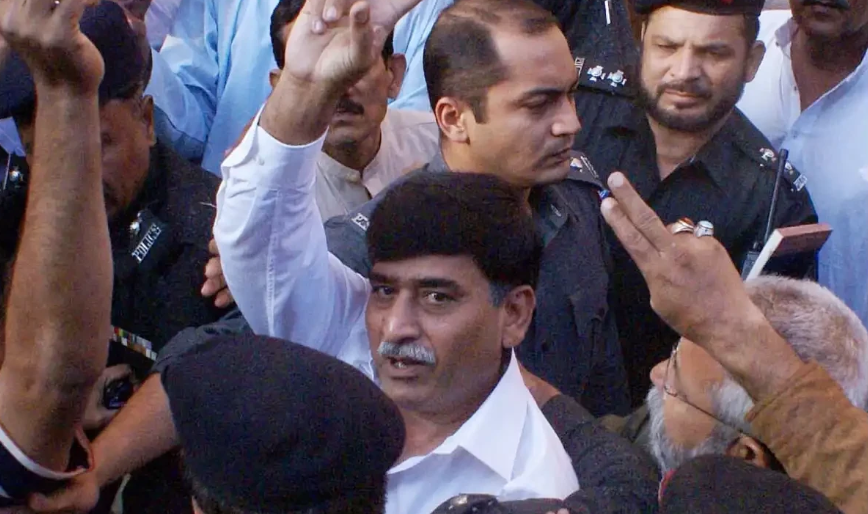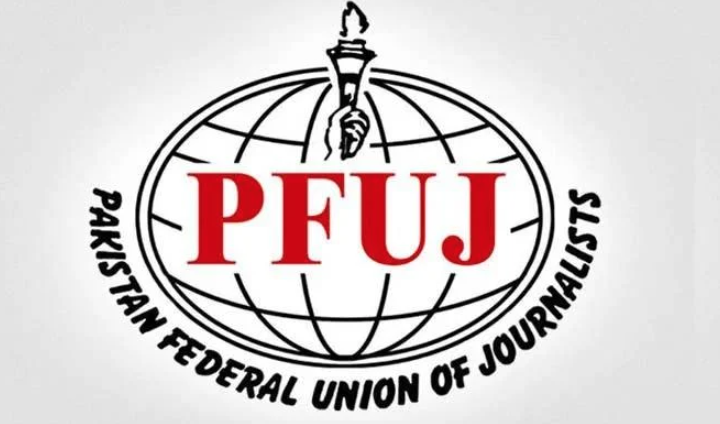LEGAL

The Young Doctors Association (YDA) strike has now entered its second day, severely affecting the Outdoor Patients Departments (OPDs) at Holy Family Hospital (HFH), Benazir Bhutto Hospital (BBH), and Rawalpindi Teaching Hospital (RTH). In response, professors and senior doctors from Rawalpindi Medical University (RMU) have stepped in to manage the OPD services, with HFH seeing over 2200 patients despite the strike.
On Friday morning, the absence of young doctors left many patients waiting for treatment. However, Prof Dr Mohammad Umer, RMU Vice Chancellor, and several professors took charge of the OPD at Holy Family Hospital, checking 1652 patients across all departments. Additionally, senior registrars managed the gynecology department, treating 600 patients.
While the hospital administration had made arrangements for the OPDs at BBH and RTH, it struggled to manage patient flow, with some senior doctors attempting to provide care. However, the YDA office-bearers intervened, convincing the senior doctors to leave.
HFH Medical Superintendent Dr Ijaz Butt stated that, despite the challenges, the hospital was functioning well under the guidance of RMU professors. He added that the OPD would remain operational over the weekend, with senior doctors continuing to provide care if the YDA strike persists.
YDA President Dr Aarif Aziz reiterated that the strike would continue as the government has not engaged in discussions over the outsourcing of hospitals. He accused the BBH administration of “victimizing” the YDA members instead of addressing their concerns.
Dr Aziz also claimed that despite the strike, the emergency departments and operation theatres were functioning normally, ensuring that serious patients did not suffer due to the absence of young doctors.
The strike is focused on the government’s plans to outsource hospital services, which the YDA has strongly opposed. Despite the disruptions in the OPDs, the YDA maintains that its members are committed to working in emergency departments and wards to care for critical patients.




